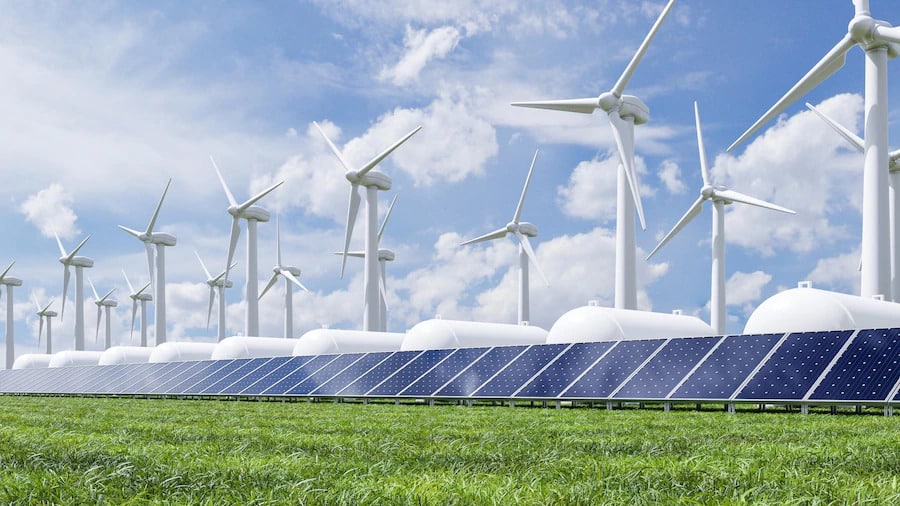U.S. Treasury Finalizes Clean Hydrogen Production Tax Credit Regulations

The U.S. Department of the Treasury and the Internal Revenue Service on Jan. 3, issued the final rules for the 2022 Inflation Reduction Act’s 45V Clean Hydrogen Production Tax Credit. The finalized rules aim to provide greater investment clarity by clarifying how hydrogen produced from different pathways such as using electricity from renewable sources or natural gas with carbon capture would be eligible for the tax credit. The U.S. Energy Department will also soon announce an updated 45VH2-GREET model to enable hydrogen producers to accurately calculate their 45V tax credit.
Finalizing the regulations involved extensive input from relevant parties, including around 30,000 comments from the public and cooperation between the IRS, Treasury, and relevant government agencies such as the Environmental Protection Agency and the U.S. Energy Department.
According to legislation, the value of the clean hydrogen production tax credit depends on lifecycle greenhouse gas emissions from hydrogenhydrogen production processes. Producers are only eligible for the clean hydrogen tax credit if the lifecycle GHG emissions of the hydrogen production process is lower than 4 kilograms of carbon dioxide equivalents (CO2e) per kilogram of hydrogen output. The rules arrange the tax credit in tiers, with hydrogen produced using the lowest GHG emissions eligible for the highest tax credit.
For electrolytic hydrogen, which is hydrogen produced using electricity from renewable sources or nuclear energy, the final rules include safeguards to ensure that carbon emissions from these electricity sources are accounted for. For example, to use Energy Attribute Certificates to attribute electricity use to a specific generator, taxpayers must satisfy particular criteria regarding deliverability, temporal matching, and incrementality.
In the finalized tax credit rules, electricity generation could be classed as incremental if the generator starts commercial operations within three years of the hydrogen asset being placed-in-service. The rules also explain incrementality pertaining to state policies. For example, electricity produced in states with stringent GHG emissions caps combined with clean electricity standards or renewable portfolio standards can be considered incremental if these standards can thwart significant induced emissions during the hydrogen production process.
The rules also introduce an hourly carbon accounting method. Provided that emissions fall under 4 kilograms of carbon dioxide per kilogram of hydrogen output limit, hydrogen producers can calculate electricity-related lifecycle emissions on an hourly basis.
The final regulations also cover eligibility conditions for hydrogen produced using methane reforming, which includes carbon capture and renewable alternatives to natural gas such as biogas. According to the tax rules, future versions of 45VH2-GREET will utilize project-specific upstream methane leakage rates instead of default national values. These rates will use updated data from the EPA Greenhouse Gas Reporting Program.
Furthermore, the updated rules provide a way for hydrogen producers using alternatives to methane such as biogas to claim the tax credit by providing a framework to determine lifecycle GHG emissions. The emissions intensities of hydrogen produced from these alternative sources are measured separately since the tax credit requires a lifecycle analysis of every individual process involved in hydrogen production.
At the end of last year, the Treasury also finalized rules regarding the Section 48 Investment Tax Credit. These updated tax credit rules seek to provide improved investment clarity and boost investment in domestic production of renewable energy.
EnerKnol Pulses like this one are powered by the EnerKnol Platform—the first comprehensive database for real-time energy policy tracking. Sign up for a free trial below for access to key regulatory data and deep industry insights across the energy spectrum.
ACCESS FREE TRIAL